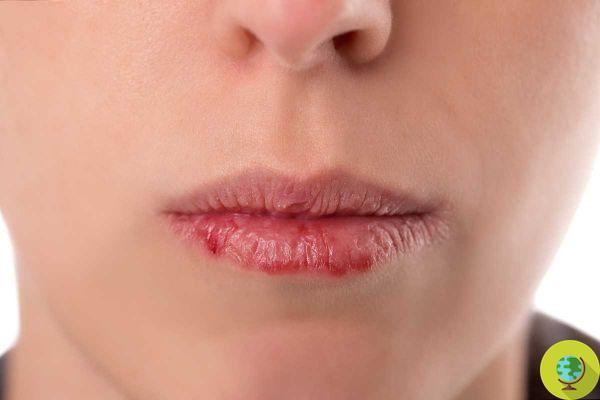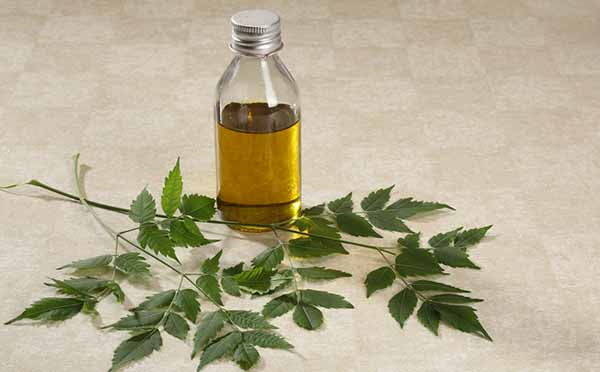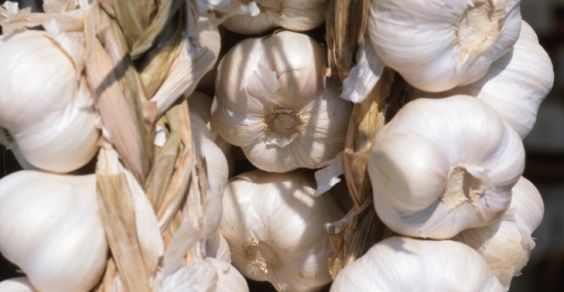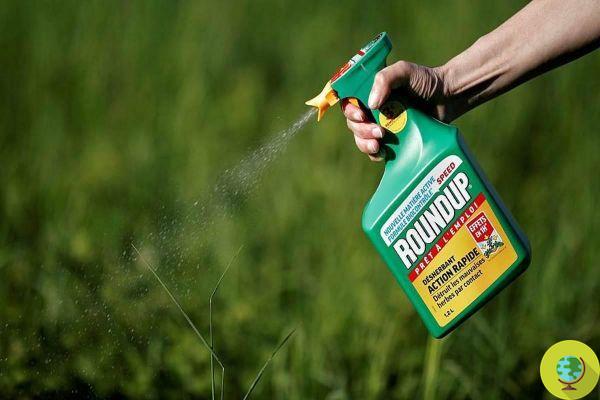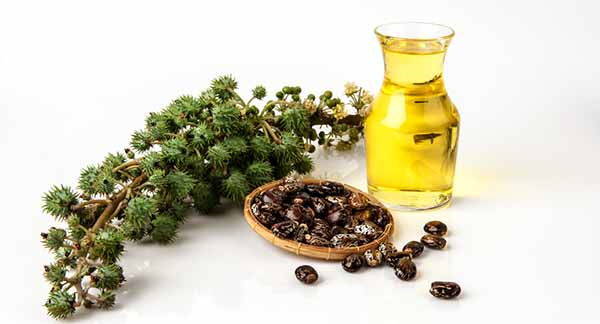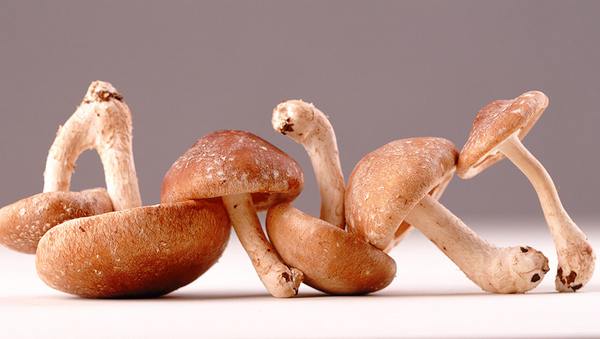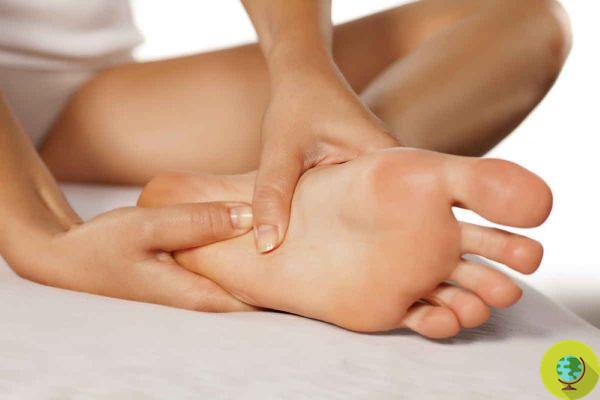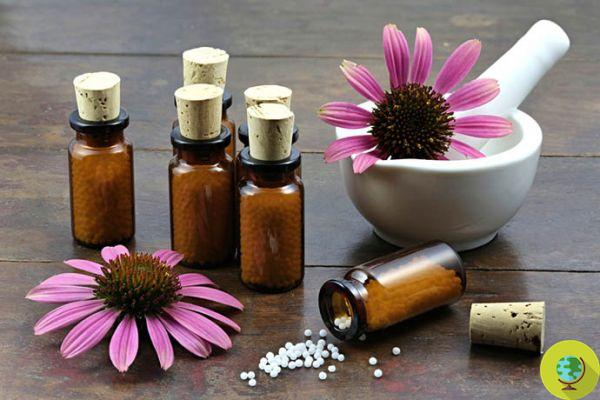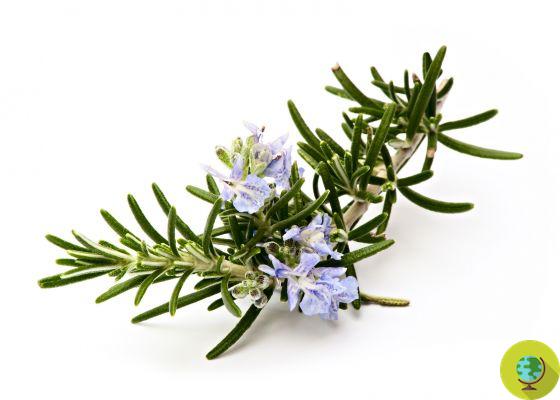Mint (Mentha piperita) is a perennial and hardy aromatic herb, which grows and develops easily when grown in your garden or in pots, so you can always have its fresh and fragrant leaves at hand. It tolerates sandy soils and full sun exposure, which must be counterbalanced by frequent watering.
Don't store avocado like this: it's dangerous
La mint (Mentha piperita) is a perennial and resistant aromatic herb, which grows and develops easily though grown in its own garden or in pots, so you can always have its fresh and fragrant leaves at hand. It tolerates sandy soils and full sun exposure, which must be counterbalanced by frequent watering.
Index
properties and benefits
Because of the active ingredients contained in mint, are attributed to it healing properties e disinfectants. It is useful in case of gastro-intestinal disorders, helps the functioning of the liver and favors the digestion. It Contains menthol, vitamin C, antibiotic substances, limonene and isovalerianate.
Mint, in the form of tisane or relativesherbal preparations, can help in case of diarrhea and gastric disturbances. It can assist in the treatment of ailments such as cough and cold, due to its properties sedative and spasmodic. The menthol that it contains is considered a vasodilator for the nasal mucosa. The use of products and preparations containing mint and menthol could interfere with homeopathic treatments. It is advisable to consult your doctor about this.
Mint herbal tea
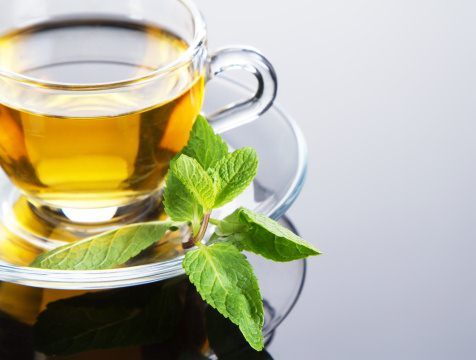
For their herbal use, mint flowers and leaves come collected between July and August and left to dry in the open air. They are used above all for the preparation of herbal teas obtained thanks to their infusion in boiling water, calculating to use two teaspoons of dried mint for each cup of infusion, to be left to rest for fifteen minutes before filtering and drinking. Up to 500 milliliters of mint tea can be consumed per day.
Mint herbal tea, due to its menthol content, is recommended for its digestive properties e toning. It can help for relax the muscles of the intestine and to promote the secretion of bile and the digestion processes of food through the digestive system. Taking mint tea it is not recommended in the evening, as it could disturb sleep, leading to episodes of insomnia.
Mint mouthwash
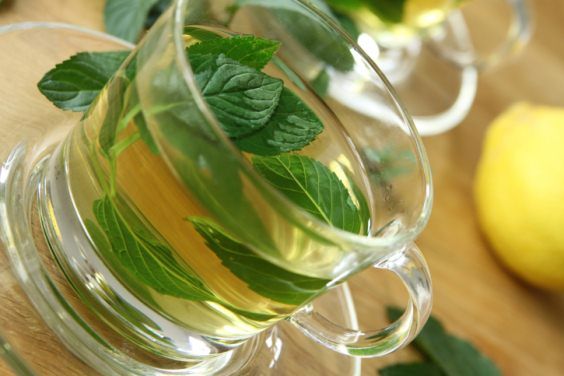
A mint mouthwash to freshen the breath and antiseptic action for the oral cavity can be prepared leaving a teaspoon of leaves to infuse for ten minutes in 200 milliliters of boiling water of dried mint. The infusion thus obtained must be filtered and left to cool before being used as a mouthwash.
Mint essential oil
The use ofmint essential oil it is recommended to carry out fumigations in case you suffer from a cold. It is sufficient to pour a few drops into a liter of boiling water, from which to breathe the vapors that will be released.
Mint essential oil should not be applied to children's skin, but it can be used in very diluted form in preparation of cosmetics or massage oils intended for adults. Mint essential oil is used for the preparation of herbal remedies useful for fighting rheumatism. Finally, it can be used diluted in vegetable oil to make relaxing and anti-stress massages on the temples and neck.
In the kitchen
Mint can be used in both fresh and dried cooking as an aromatic herb to be used to flavor dishes. It is excellent as a dressing for salads, vegetables, legumes and cereals.
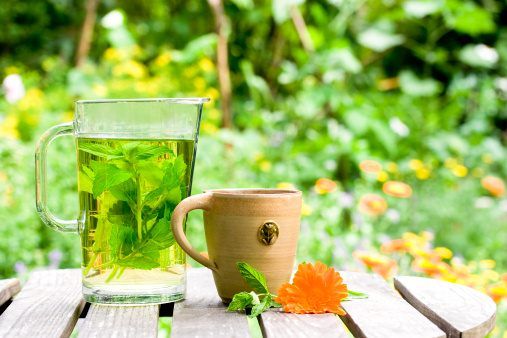
Dried mint leaves can be used together with lemon juice or lemon zest to create one summer aromatic drink, simply by preparing an herbal tea which will then be left to cool. Rubbing fresh mint leaves on your fingers can help eliminate any bad smells left on your fingers by garlic or onion.
Marta Albè
Read also:
- 10 infusions to be prepared at no cost
- 10 natural remedies and do-it-yourself cough syrups
- 10 natural remedies to whiten your teeth
- Natural and do-it-yourself remedies for 10 small beauty problems
- Essential oils: how to use them and where do they come from?
- Essential oils: 20 possible uses for beauty, home and health




